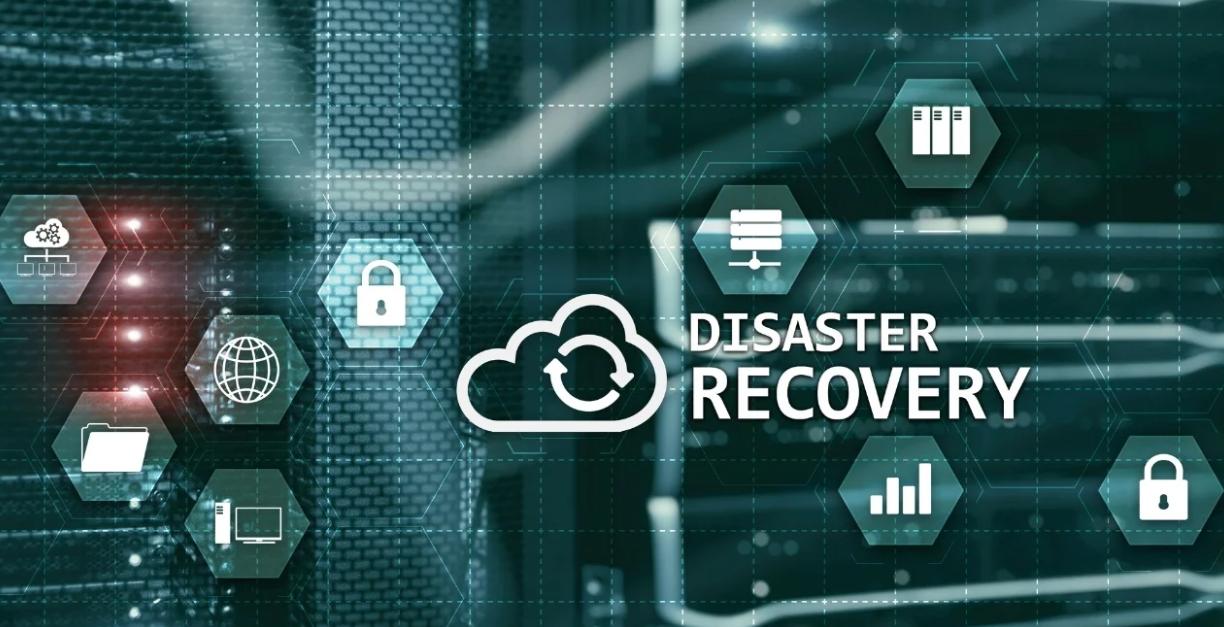In today’s technology-driven world, businesses face numerous risks that could disrupt their operations, from cyberattacks to natural disasters. Protecting valuable data and ensuring business continuity is crucial, and this is where IT disaster recovery solutions come into play. These solutions help organisations safeguard their information systems and enable them to quickly recover from unexpected events, ensuring minimal downtime and loss.
What is IT Disaster Recovery?
IT disaster recovery refers to the strategies, policies, and procedures that a business implements to restore critical IT infrastructure after a disruptive event. Whether it’s a data breach, server failure, or natural catastrophe, having a recovery plan in place is essential for reducing downtime and maintaining the trust of clients and customers. These plans ensure that businesses can swiftly restore their data, software, and hardware systems to operational status.
Types of IT Disaster Recovery Solutions
There are several types of IT disaster recovery solutions available, each catering to different business needs. These include:
Backup and Restore Solutions
Backup and restore solutions involve creating copies of important data and storing them in secure locations, either onsite or in the cloud. In the event of data loss, these backups can be restored, allowing businesses to resume normal operations quickly. Many businesses combine onsite and cloud backups to ensure redundancy and prevent complete data loss.
Cloud Disaster Recovery
Cloud disaster recovery involves using cloud-based infrastructure to store critical data and applications. This approach enables businesses to recover their data from any location, providing greater flexibility and faster recovery times. Cloud-based solutions are highly scalable and often more cost-effective than traditional recovery methods, making them an attractive option for small and medium-sized businesses.
Virtualisation Disaster Recovery
Virtualisation disaster recovery uses virtual machines to replicate business-critical systems. These virtual systems can be activated in case of a disaster, allowing the business to continue running while physical hardware is repaired or replaced. Virtualisation helps speed up recovery processes and offers greater adaptability in disaster scenarios.
Managed IT Services
Many companies now opt for managed IT disaster recovery services, outsourcing their recovery needs to specialised providers. These providers monitor and manage disaster recovery strategies, ensuring businesses are fully prepared for any IT disruptions. They also provide continuous testing and updates to disaster recovery plans, giving organisations peace of mind.
The Role of IT Business Consulting
IT business consulting services often include advice on disaster recovery planning. Consultants help assess a company’s current infrastructure, identify vulnerabilities, and recommend tailored IT solutions that align with the business’s needs and budget.
Having robust IT disaster recovery solutions is crucial for ensuring business continuity and protecting against data loss. Whether through cloud recovery, virtualisation, or managed services, these solutions are key to keeping businesses operational during and after a crisis.
